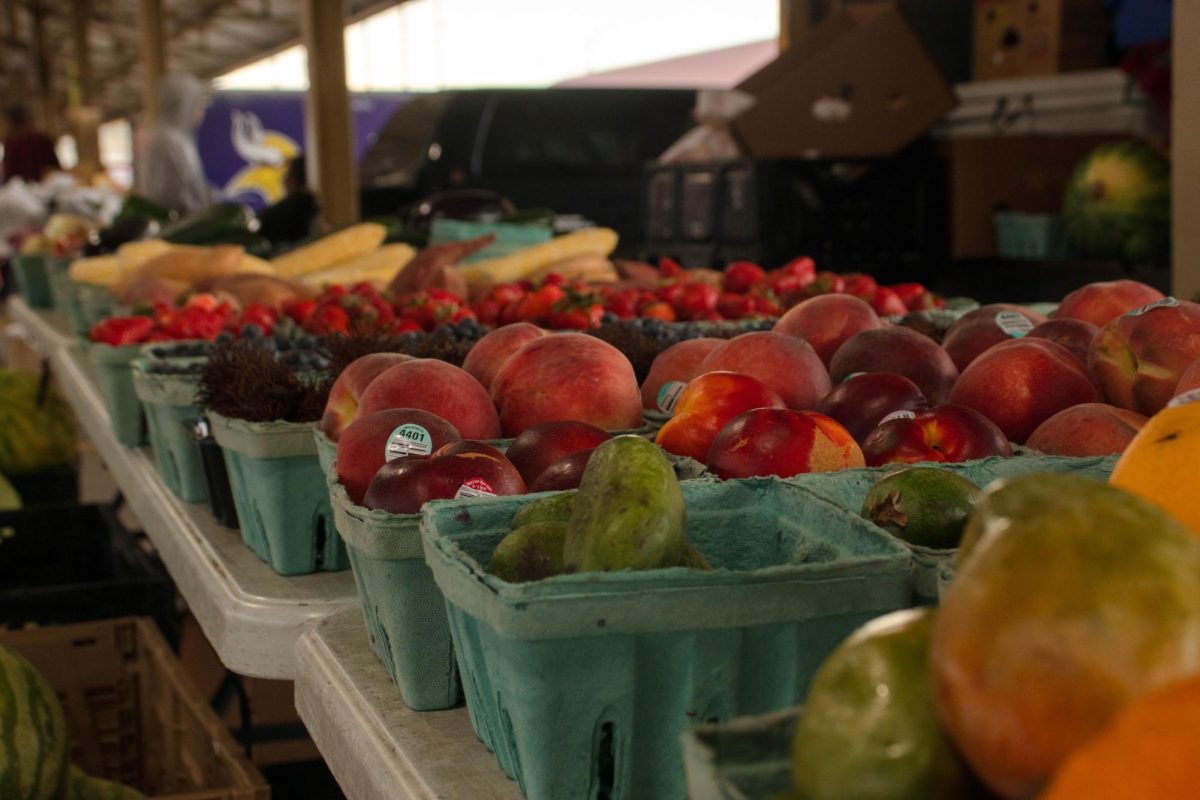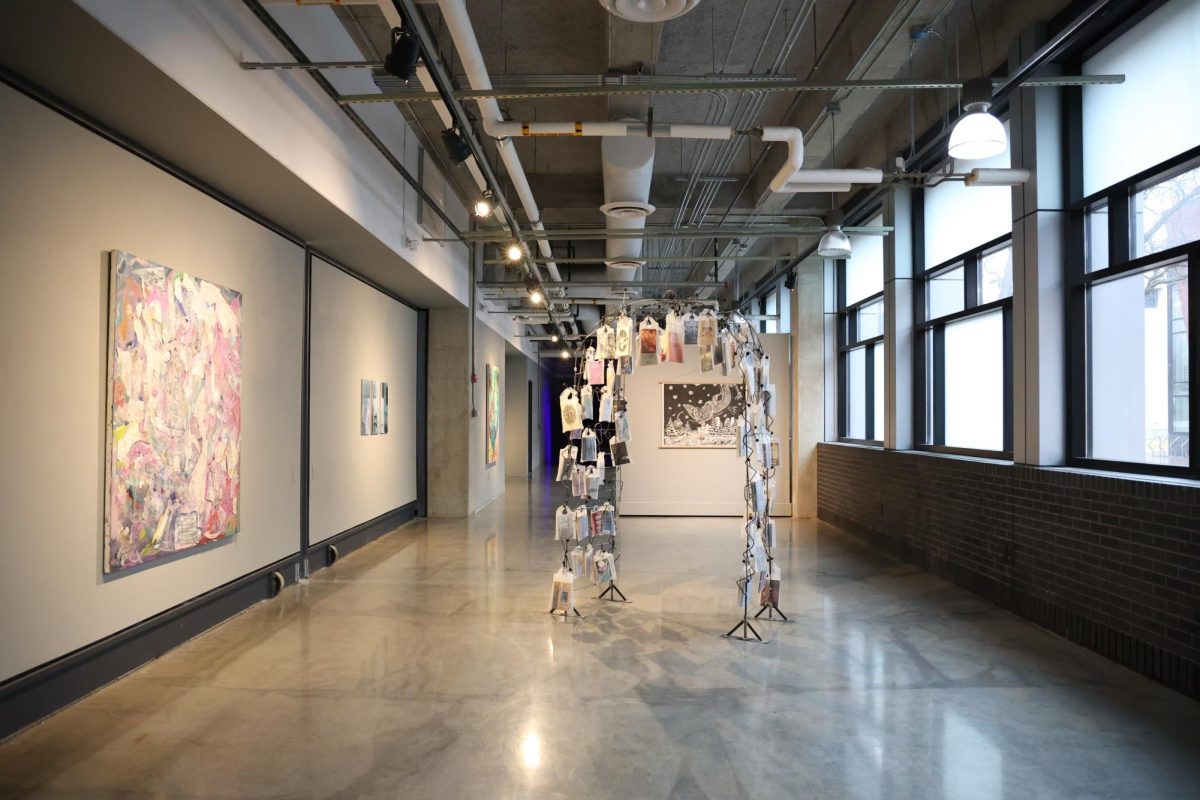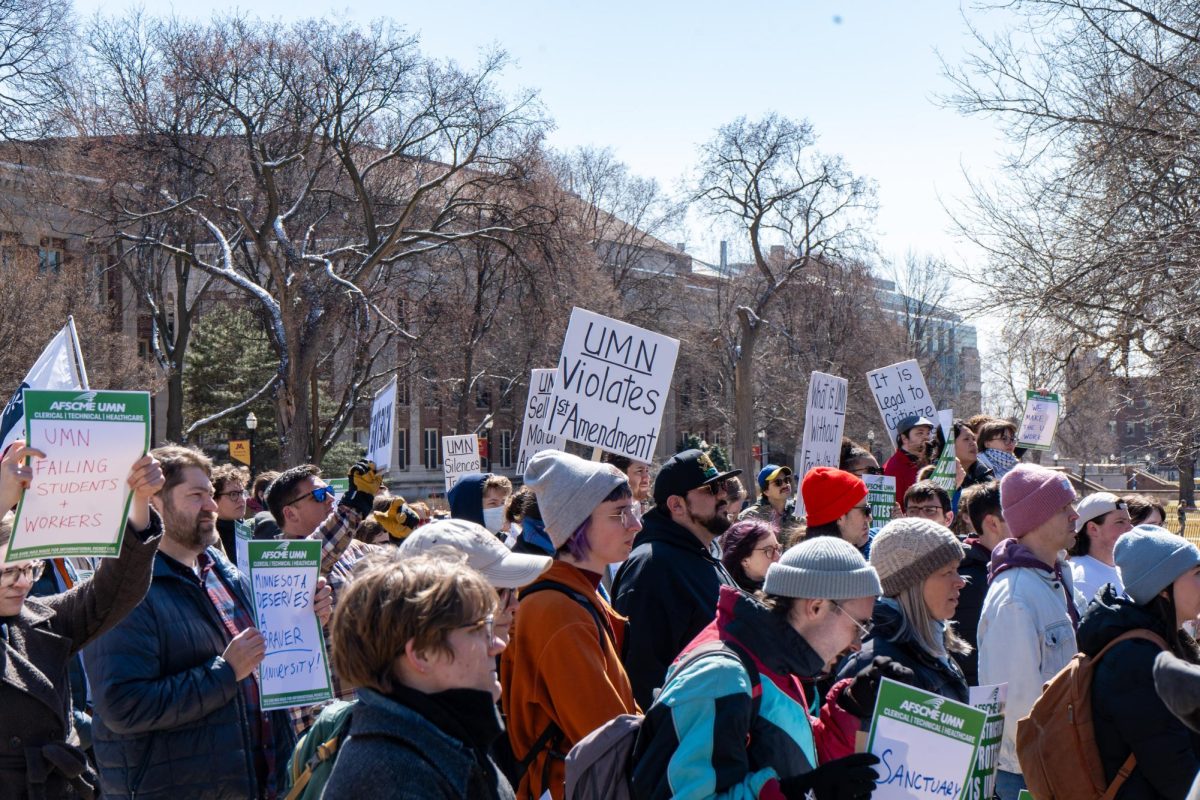The number of female farmers across Minnesota has increased by 1,106 since 2017, according to the latest Census of Agriculture report — a meaningful increase for University of Minnesota students and alumni in the field.
University Extension educator Susanne Hinrichs, a member of the Agricultural Business Management team, teaches the business side of agriculture in Minnesota.
Hinrichs said the census started asking for gender in the last 20 years and only recently considered there may be more than one operator on a farm.
Years ago, farms were not passed down to women, but women now have an equal opportunity to lead and be the primary operator, Hinrichs said. In the past, mostly men considered farming their primary job, but now women are considering farming their primary occupation at a higher rate, she added.
The number of women farmers who listed farming as their primary occupation increased by 270 from 2017 to 2022, according to Hinrichs. Comparatively, men who listed farming as their primary occupation decreased by 805.
Hinrichs said women often show an interest in agritourism, which allows tourists to immerse themselves in agriculture by staying on operating farms.
“There’s a lot of innovation, and inventiveness coming from people who are starting to farm,” Hinrichs said.
Owner of Corstar Farm Kristen Salzl grew up on a dairy farm and later graduated from the University with a degree in animal science with a dairy production emphasis. Now, Salzl and her husband milk 25 cows on their farm in addition to their other jobs off the farm.
Salzl said her days are long and consist of chores at the farm, going to her regular job and returning at the end of the day for more chores.
Salzl said she is concerned the time commitment will be overwhelming when her children grow up and want to do sports or other activities. She added it will be difficult to balance the long dairy farm hours.
Hinrichs said she hears this discussion often when educating.
“We do know that women who farm are interested in balancing their household with farming,” Hinrichs said. “Also, childcare is a big issue just in general in rural societies because childcare provider numbers have gone down.”
Lucy Dardis, a third-year student studying agricultural and food business management, said she was excited to see the increase in female farmers in Minnesota.
Dardis is an intern this summer for MyAgData. She contacts Farm Service Agencies (FSA) offices to inform them of a new digitized system they can use to certify their lands with the USDA to get crop insurance premiums.
While the people in FSA offices are often women, Dardis said there is a noticeable lack of female farmer representation within her internship.
“We work directly with farmers all around the United States and I have yet to speak to a single woman farmer in my internship,” Dardis said. “It is definitely a male-dominated space.”
Dardis’s mother, Kim Dardis, recently inherited a family farm in Iowa and runs the business from her home in Minnesota.
“She has run the business side of it and has shown me a lot throughout that whole process,” Lucy Dardis said. “That also kind of sparked a bit of passion for me to get on the business side of things just because I thought it was super cool.”’
Kim Dardis said when she inherited the farm from her grandfather, the farmer’s wife on the land was essential to making the transition easier and helping her learn the ins and outs of the business.
Even though women have not been out in the fields and driving the tractors as much as men historically, Kim Dardis said they have always been partners with farmers, running the business and doing other essential tasks.
From closely following the farming industry, Kim Dardis said she noticed organic farms and sustainable farming practices are largely run by women.
“I think there’s this push toward really kind of getting back to a more sustainable, more healthy way of farming, and I see women leading that push,” Kim Dardis said.
Hinrichs said her extension team hosts the statewide Women in Ag Network. The network was established to provide educational efforts for farmers or women working in the agricultural industry.
Anyone is invited to attend, but the type of teaching is geared toward women, Hinrichs said.
“We know women have been involved in farming ever since there have been farms,” Hinrichs said.
In a lot of cases, women did the books and kept track of records and bill payments, according to Hinrichs.
“In the last say, fifteen years, there’s been an increase in women leading on their farm, maybe being the primary decision maker,” Hinrichs said.
According to Salzl, the University was a big help in networking in the industry. She said she thinks the future of agriculture will be largely female.
“Be confident,” Salzl said. “I think confidence goes a long way. You do know what you’re talking about.”
Lucy Dardis said it is nice to know a woman will be on the other side of the phone when she is making calls to FSA offices. She said it helps her feel like the people she talks to are on her side.
“It’s probably easy to be intimidated just knowing how male-dominated the space is,” Lucy Dardis said. “But I would say a lot of people are open and excited for new women to be interested in this.”




















